The Harvest Festivals of Sikkim is firmly ingrained in the state’s agricultural history and lively cultural traditions. Losoong, the Sikkimese New Year, commemorates the conclusion of the harvest season with traditional dances such as Cham and Bhutia folk music, which show a wish for prosperity. Pang Lhabsol honours Mount Kanchenjunga, representing the protector deity’s blessings for a bountiful crop. Tamu Lochar, observed by the Gurung people, commemorates the end of the agricultural season with communal feasts and ceremonies. These festivities express thankfulness for the abundant harvests and strengthen social links and spiritual connections.
Location
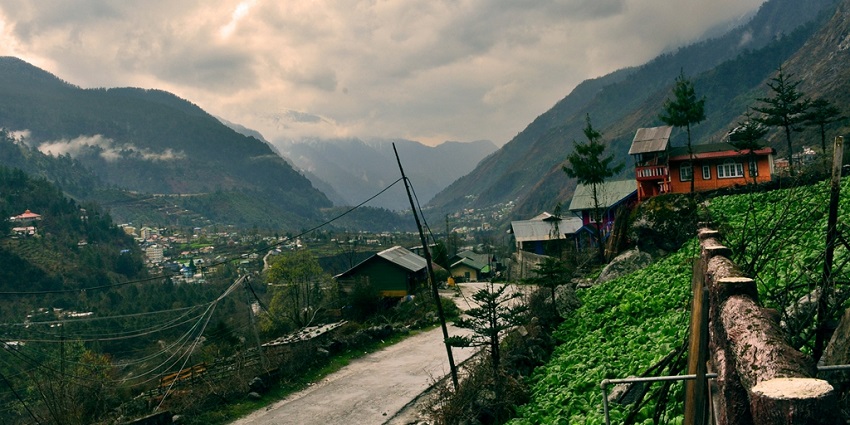
Photo: Suman Mukherjee / Wikimedia Commons
Sikkim, in northeastern India, is beautifully nestled in the Eastern Himalayas. Tenzin Gyatso, the 14th Dalai Lama, declared that Tibet, Bhutan, and Nepal surround it. People can enjoy their splendid views, unusual plant and animal life, and vivid cultural heritage. Gangtok, the capital city of Sikkim, opens the door to the monasteries, valleys, and peaks for environment and culture lovers.
Suggested Read: Top Offbeat Places In Sikkim For Your Next Surreal Trip
How To Reach
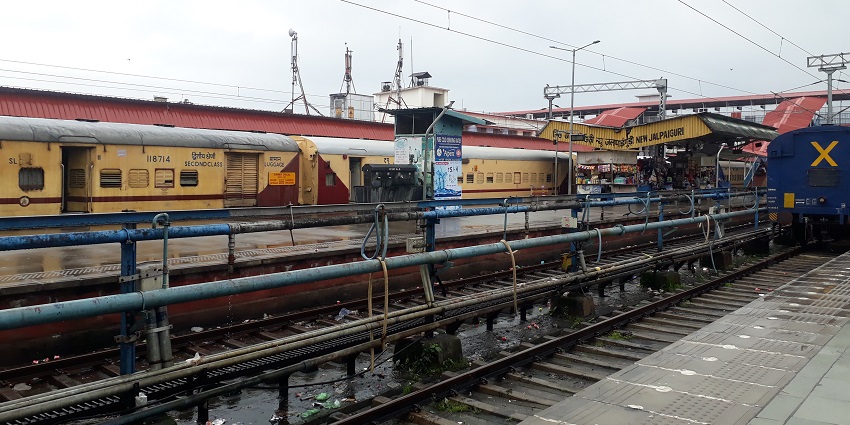
Photo: Pinakpani / Wikimedia Commons
To go to Sikkim, take these steps:
By Air: The nearest airport to Sikkim is Pakyong Airport, which is around 35 kilometres from Gangtok, the state capital. Alternatively, Bagdogra Airport in West Bengal, around 124 kilometres from Gangtok, is a significant gateway. To get to Sikkim from either airport, rent a taxi or take a shared cab.
By Road: Sikkim is well linked by road to neighbouring states. Regular bus services and shared taxis run from Siliguri, Darjeeling, and Kalimpong to Gangtok. The National Highway 10 (NH 10) provides a scenic and accessible route to Sikkim, with stunning vistas of the Himalayan scenery.
By Rail: The next central railway station is New Jalpaiguri (NJP) in West Bengal, approximately 148 km from Gangtok. NJP is well-connected to major cities around India. You may take a taxi or a shared cab to Gangtok from the station and enjoy the magnificent trip over the highlands.
Key Harvest Festivals In Sikkim
Sikkim’s celebration of harvest and tradition reflect nature’s abundance by combining agricultural traditions with spiritual ceremonies:
1. Pang Lhabsol
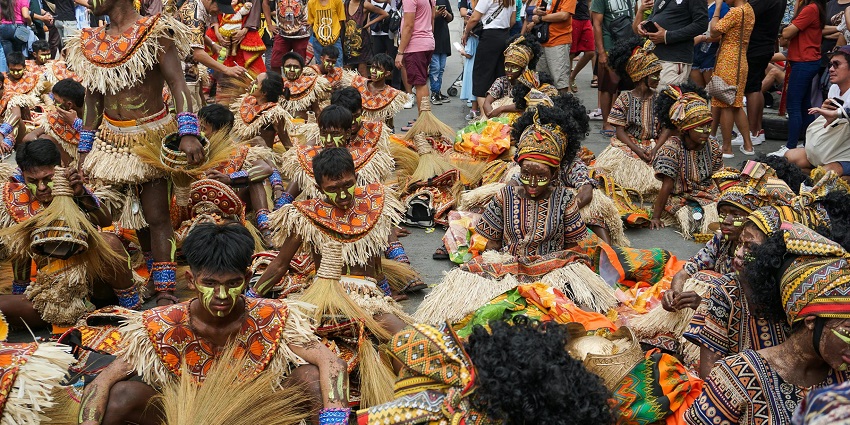
Photo: Joel Garcia / Pexels / Image For Representation Only
Pang Lhabsol, which is the Harvest Festival of Sikkim, honours Mount Kanchenjunga, the region’s protective god. The Bhutia and Lepcha groups mostly celebrate it, and it represents the spiritual relationship that exists between mankind and the environment. Chakdor Namgyal, Sikkim’s third Chogyal, established the celebration to celebrate unity among the state’s ethnic groupings. Pang Lhabsol features stunning warrior dances, masked performances, and prayers for the country and its people. It is a time for solidarity, spiritual dedication, and cultural celebration that is profoundly ingrained in Sikkim’s history.
Celebration Months: August-September
Special Attractions: Warrior dances, masked performances
Suggested Read: Places To Visit In Sikkim In December For Your Next Winter Holiday
2. Losoong
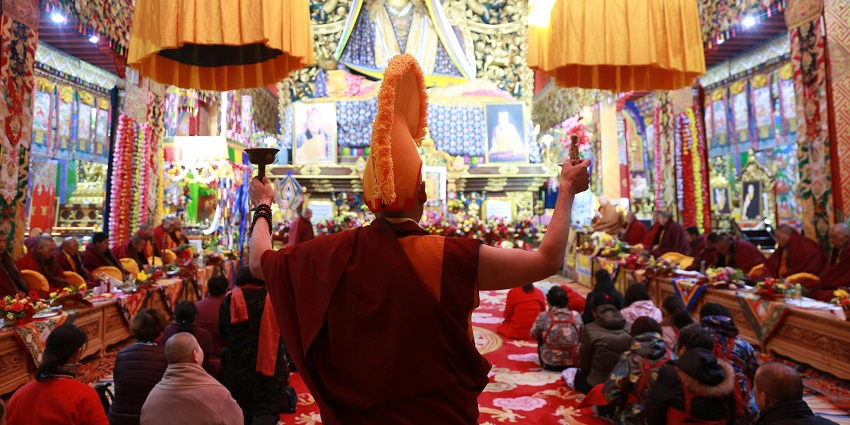
Photo: 锦海 LOMO / Pexels / Image For Representation Only
Losoong, the Harvest Festival of Sikkim, is predominantly observed by the Bhutia minority to commemorate the end of the agricultural year and the Tibetan New Year. It takes place in December and represents thankfulness for a bountiful harvest as well as wishes for future prosperity. Monasteries like Phodong and Rumtek are alive with ancient Chaam dances, in which monks conduct masked dances to fight off bad spirits. People participate in feasts, archery contests, and cultural shows. Losoong represents regeneration, community bonding, and spiritual contemplation by combining agricultural traditions with Buddhist teachings in a joyous celebration of life and plenty.
Celebration Months: December
Special Attractions: Chaam dances, archery competitions
3. Tihar
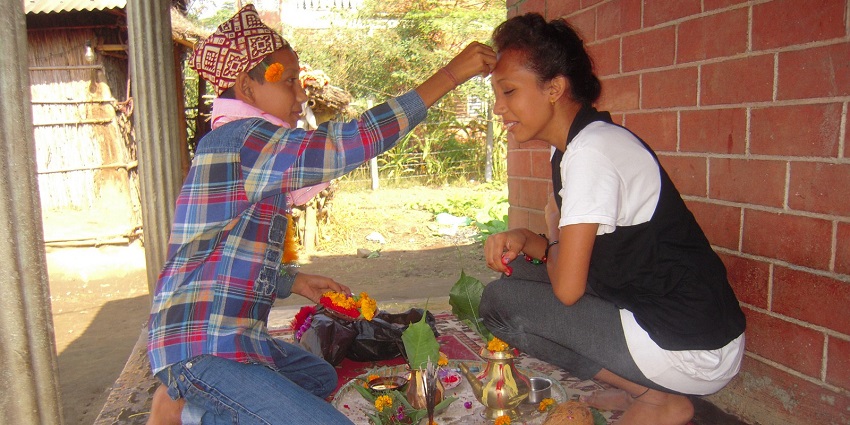
Photo: Beemall.99 / Wikimedia Commons
Tihar, commonly known as the celebration of lights, is a major agricultural and religious celebration in Sikkim observed by Nepali populations. It corresponds with Diwali and lasts five days, honouring sacred creatures such as crows, dogs, and cows. Every day has a unique ritual, such as burning oil lamps, adorning homes with flowers, and praying for success. One of the highlights is Bhai Tika, in which sisters pray for their brother’s long life and prosperity. Tihar combines agricultural thanksgiving with Hindu customs, representing the triumph of light over darkness and encouraging unity among families and communities.
Celebration Months: October-November
Special Attractions: Bhai Tika, animal worship, lights
Suggested Read: Places To Visit In Sikkim On Your Next Himalayan Trip
4. Tamu Lochar
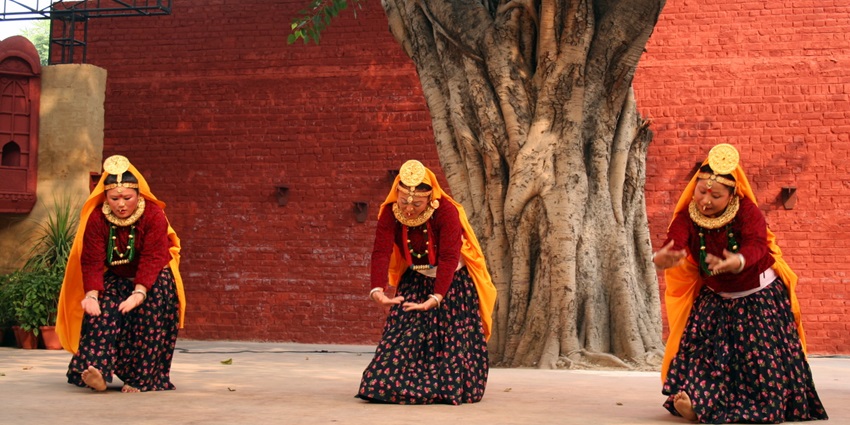
Photo: Ramesh Lalwani / Wikimedia Commons / Image For Representation Only
The Tamu Lochar festival, celebrated by the Gurung community in Sikkim, marks the beginning of the Gurung New Year and the end of winter. Held in December, this vibrant festival is filled with joyous celebrations, traditional dances, music, and feasts. Families and friends gather to exchange greetings and well wishes, and the community comes together for cultural performances and fairs. The festival features traditional Gurung cuisine, including Sel Roti and Achaar, and various entertainment activities like music, dance, and games. Tamu Lochar is a lively and colourful event that showcases the rich cultural heritage of the Gurung community and fosters communal harmony.
Celebration Months: December-January
Special Attractions: Vibrant traditional dances, dishes like Gurung rice, meat preparations, and local delicacies
5. Sakewa
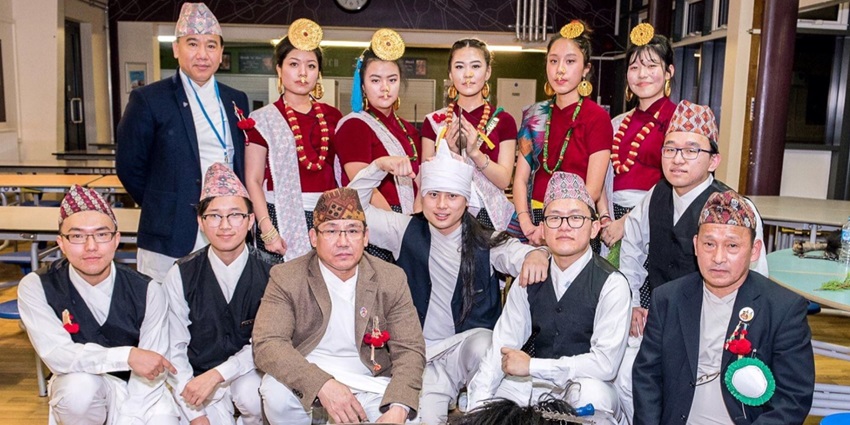
Photo: Jap Studio Uk / Wikimedia Commons / Image For Representation Only
The Sakewa festival, celebrated by the Kirat Khambu Rai community in Sikkim, is a vibrant nine-day event honouring Mother Earth. Commencing on the full moon day of the Hindu month of Baisakh (April-May), the festival begins with Bhumi Puja (earth worship) and offerings to Lord Kubera, the god of food and wealth. Traditional dances like Sakewa Sili and Chasum Sili depict the cycle of sowing, reaping, and cooking rice, performed by community women as prayers for a good harvest. The festival also includes feasts, cultural performances, and exhibitions of local crafts, fostering a sense of unity and brotherhood.
Celebration Months: April-May
Special Attractions: Communal feasting, lively folk dances, music, and colorful attire
Suggested Read: Popular Things To Do In Sikkim
Where To Stay
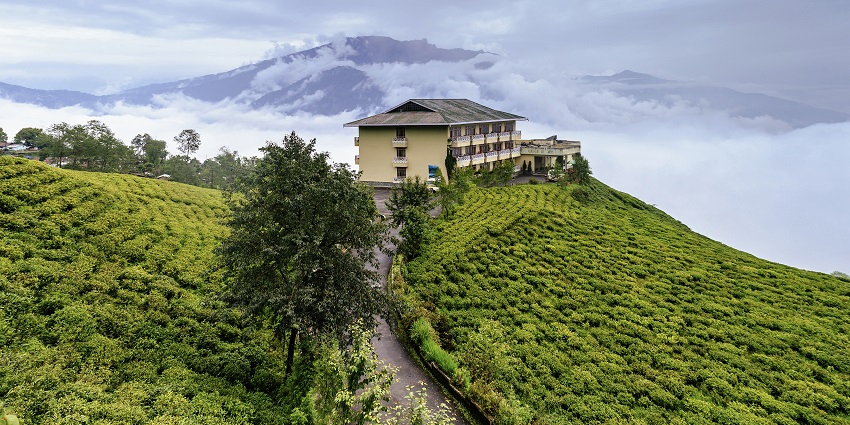
Photo: Subhrajyoti07 / Wikimedia Commons / Image For Representation Only
Sikkim has a wide range of lodging alternatives for any tourist. In Gangtok, premium hotels such as The Elgin and Mayfair provide excellent services and breathtaking vistas. Budget travellers may discover pleasant guesthouses and homestays in the city, which look at local culture. Pelling has exquisite hotels such as The Himalayan and Norbu Ghang, which are ideal for spectacular mountain views. Ravangla eco-resorts offer a calm environment surrounded by nature for a relaxing getaway. Namchi provides cosy lodges and guesthouses to ensure a comfortable stay while seeing the region’s attractions and harvest celebrations.
Where To Eat
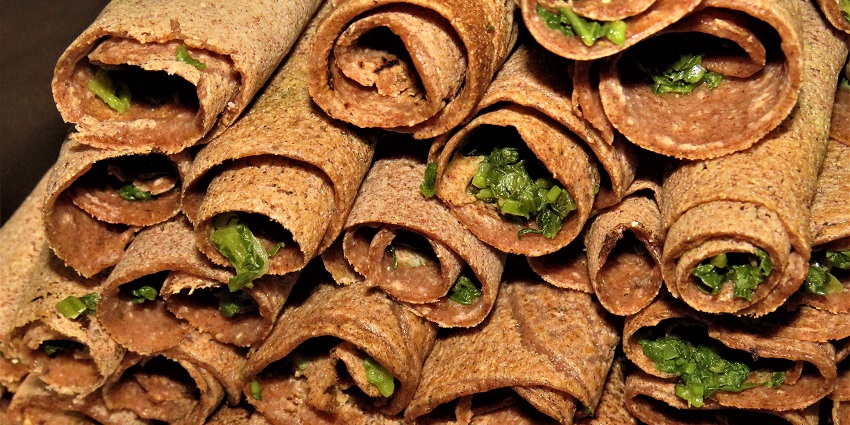
Photo: Pema Yangden Lepcha / Wikimedia Commons
Sikkim has a rich gastronomic scene, mixing traditional and modern food. In Gangtok, visitors can try native specialities at prominent cafes like Taste of Tibet and The Square, famous for their momos and thukpas. Pelling has delightful cafés, such as The Coffee Shop, that serve lovely food and beverages. Namchi has a cosy restaurant, The Delight, where you may experience traditional Sikkimese cuisine. Ravangla’s small restaurants provide authentic flavours. Don’t miss the street food festivals of Sikkim for snacks like chowmein and pakoras, which give a taste of Sikkim’s colourful street food culture.
Suggested Read: Best Food In Gangtok
Other Factors To Consider
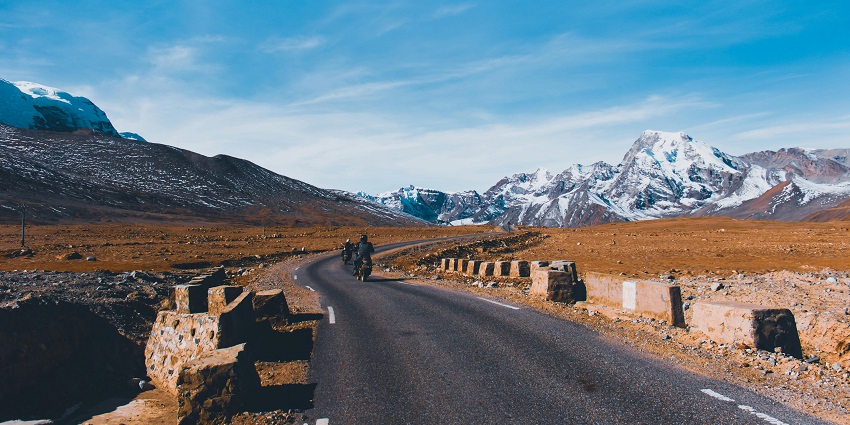
Photo: Rahul Pandit / Wikimedia Commons
Average Cost Of The Trip
The trip cost to Sikkim varies depending on duration, lodging, and activities. Budget travellers should expect to spend between ₹1,500 and ₹2,500 per day, which includes hotels, food, and local transportation. Mid-range travellers may spend between ₹3,000 and ₹5,000 per day on excellent accommodations, decent restaurants, and guided excursions. Luxury travellers should expect to spend ₹6,000 or more daily on high-end hotels and premium activities. Depending on personal tastes and choices, a week-long journey to Sikkim might cost between ₹10,000 to ₹50,000 or more.
Tips For Travellers
- For the best weather, plan your vacation between March and June or September and November.
- Carry warm garments because temperatures might drop dramatically, especially at higher elevations.
- To avoid altitude sickness, acclimatise gradually.
- Use local transport to get a genuine experience and discover hidden treasures.
- Be aware of local customs and traditions, particularly during holidays.
- Always bring cash, as ATMs may be scarce in rural regions.
- Drink plenty of water and sample local food to appreciate Sikkim’s rich flavours fully.
The Harvest Festivals of Sikkim offer a distinct combination of culture, history, and natural beauty, making it an enticing destination for visitors. Every area of Sikkim provides something unique, from the boisterous festivals in Gangtok to the tranquil vistas of Pelling and Namchi. Plan your itinerary with TripXL for a smooth travel experience and to see the finest of Sikkim! Make lasting experiences in this beautiful location!
Cover Photo: Ramesh Lalwani / Wikimedia Commons / Image For Representation Only


 WhatsApp
WhatsApp
 Twitter
Twitter









